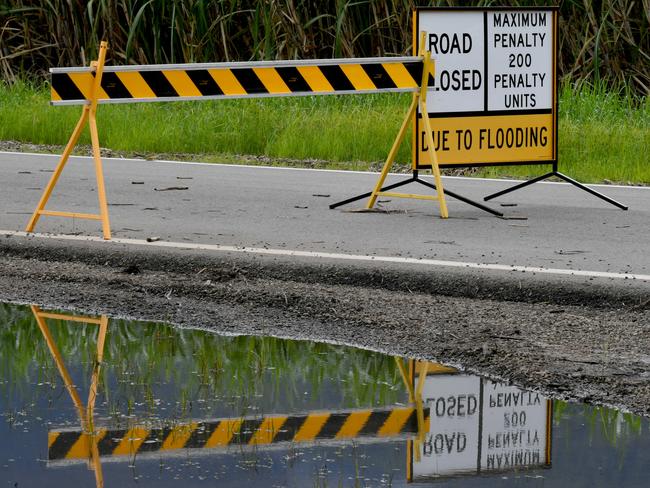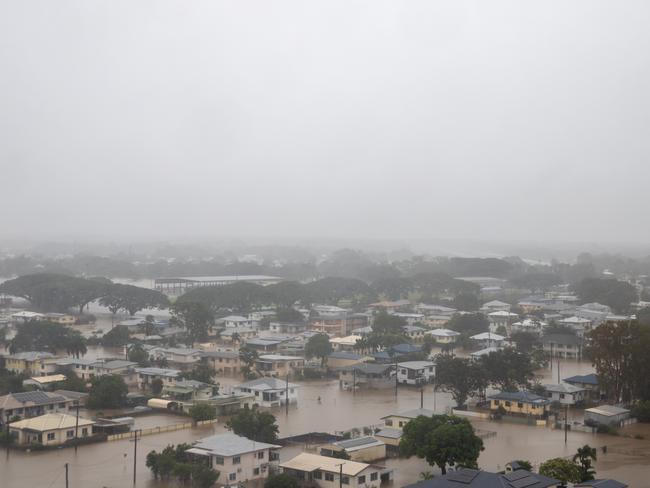JCU lecturer Diana Castorina outlines the long term economic impacts of the NQ floods
While a reprieve from the rain is within sight, the impacts from the disaster will continue to be felt long term within industries across the region. Here’s how it could impact you.

Townsville
Don't miss out on the headlines from Townsville. Followed categories will be added to My News.
While a reprieve in the rainfall is within sight, the impacts from the floods will continue to be felt at the register, and in the construction and farming industries for the foreseeable future as recovery efforts get underway.
Just days into February, previously monthly records were smashed, with North Queensland communities hit with rainfall huge rainfall totals.
Diana Castorina, a lecturer of Economics in College of Business Law and Governance at JCU, said the effects from the flooding disaster would continue to be felt in multiple industries within the next months, and possibly year.
“When we’ve got floods or natural disasters particularly when they start to impact road networks what we see is a temporary supply choke on getting our items to the shelves,” she said.
This can often lead to an increase in demand as people buy more than they typically would to compensate for the supply shortage, worsening the supply choke and driving up prices.

With roads cut off, the supply shortage can be felt the worst in hard-hit communities such as Ingham and in the Burdekin, but also throughout the top half of the state all the way to Cairns and beyond.
“Local independent grocery stores are doing the best they can to try and get those local producers to fill the gap,” Ms Castorina said.
The farming industry has also taken a beating from the rain with crops across the region damaged, which could drive up prices in the future.
Last week, estimates suggested more than 500,000 tonnes of cane was destroyed in North Queensland.
“Look at Giru for example, these areas are our areas that we rely on in terms of our agricultural production and they’re experiencing localised flooding,” Ms Castorina said.
“We could experience some price increases that may last a little bit longer if there has been damage to the crop.
“It’s a wait and see at the moment. I’m sure there’s farmers out there feeling a bit nervous whether or not their crops can withstand (the weather).”

Ms Castorina said after Cyclone Yasi in early 2011, prices of produce such as bananas went through the roof peaking at around $14 a kilogram.
“We’re already experiencing some shortages even without the weather events. I mean with the bird flu, eggs have already been in shortage,” she said.
“There are some items there that are already experiencing supply issues and so this has just further exacerbated that which means those prices continue to increase.
Cost increases to insurance premiums and construction materials were also a possibility in the wake of the disaster, with the chance of longer wait times for works to damaged properties to be completed as demand for services goes up.
“Once the water subsides … insurers will be coming in to have a look at (the damage) if they’ve got insurance for the building and then it’s a matter of getting the works underway,” Ms Castorina said.
“Sourcing materials is going to be particularly interesting during this period, trying to get materials coming through and … if we’ve got a shortage of labour that can mean that there could be some time for people to wait.”
More Coverage
Originally published as JCU lecturer Diana Castorina outlines the long term economic impacts of the NQ floods





